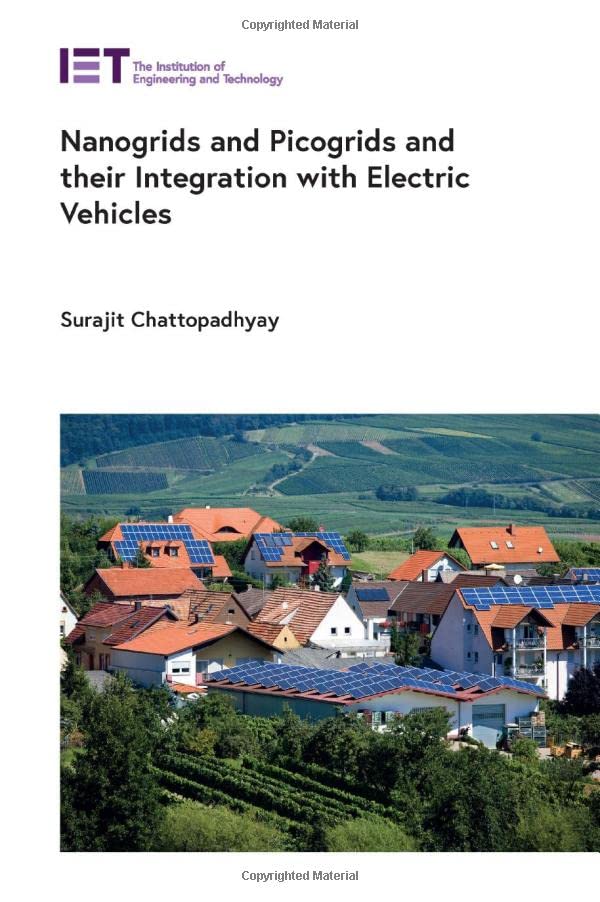

Most ebook files are in PDF format, so you can easily read them using various software such as Foxit Reader or directly on the Google Chrome browser.
Some ebook files are released by publishers in other formats such as .awz, .mobi, .epub, .fb2, etc. You may need to install specific software to read these formats on mobile/PC, such as Calibre.
Please read the tutorial at this link: https://ebookbell.com/faq
We offer FREE conversion to the popular formats you request; however, this may take some time. Therefore, right after payment, please email us, and we will try to provide the service as quickly as possible.
For some exceptional file formats or broken links (if any), please refrain from opening any disputes. Instead, email us first, and we will try to assist within a maximum of 6 hours.
EbookBell Team

4.3
58 reviewsNanogrids are small energy grids, powered by various generators often including photovoltaics. For example, a nanogrid might supply a village in a rural area and allow that village to trade its surplus energy. A picogrid is a still smaller energy grid. IRENA defines nanogrids as systems handling up to 5 kW of power while picogrids handle up to 1 kW.
Nanogrids and picogrids can play roles in urban, suburban and rural areas, particularly in developing countries, and can help with decarbonising the energy systems and empowering citizens. Electric vehicles (EV) are poised to play important roles and need to be accounted for in emerging and future small grids.
This book introduces the principles of nano- and picogrids, then goes on to provide a technical analysis covering connected resources, modelling and performance, power quality and protection. The use of nano- and picogrids in conjunction with EV, charger technologies, the IoT, cloud computing and data sharing is explored. Case studies of real-life projects help readers to understand and apply the concepts for their own projects.
Nanogrids and Picogrids and their Integration with Electric Vehicles is a valuable resource for researchers involved with power systems, particularly those with an interest in power supply in rural areas, or anyone with a particular interest in nano- and microgrids. It is also of use to advanced students, and to engineers working in utilities.